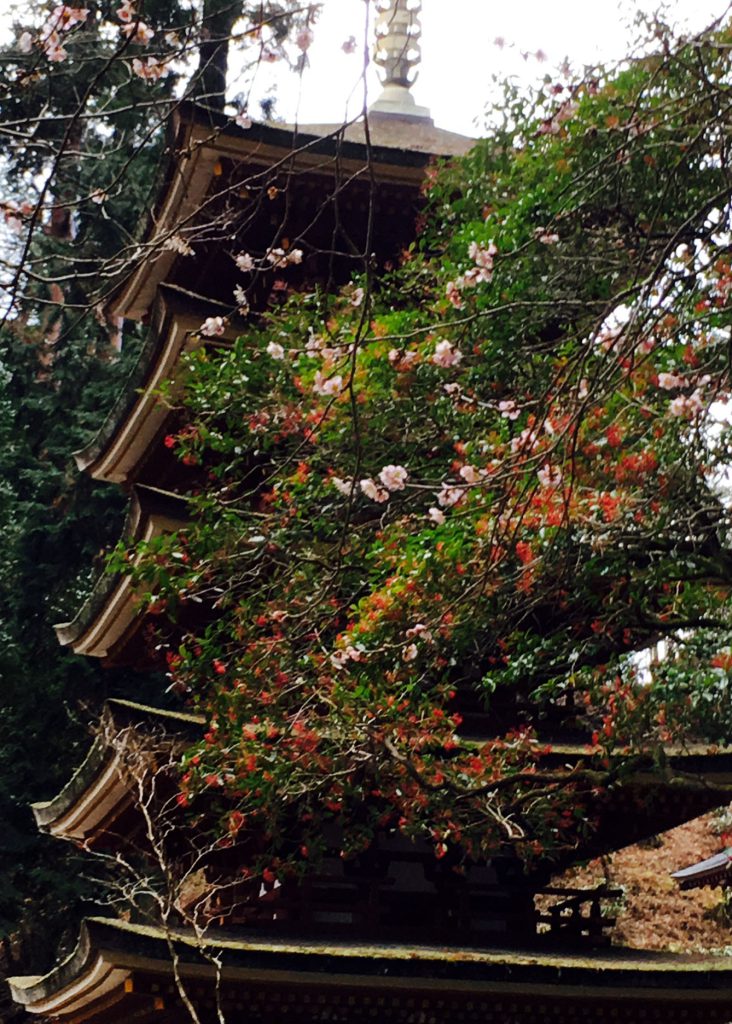
Murouji Temple is located in the dense mountains in the northeastern part of Nara Prefecture, near the prefectural border with Mie Prefecture, far away from the city. In the Heian period, the wishes of a man were Kumano visiting and a woman was Hase visiting. It is located on the same line of the so-called “Sun Road” at latitude 34 degrees 32 minutes north, less than 15 km in a straight line from Hase-dera. In front of the “front gate” of Murouji, there is a stone monument engraved with “女人高野室生寺 (Woman Kouya Murouji)”. 女人高野室生寺 was also another name for Murouji Temple, where women were allowed to worship Kouyasan there, which was forbidden to women. Crossing the vermilion drum bridge over the Murou River from the gate, you will find the world of Murouji Temple. The eternal history from the Nara / Heian period has been passed down to the present day. Away from the hustle and bustle of the city, quietly gazing at the beautiful temples and statues of Buddha will surely refresh your mind and refresh you. Above all, the five-storied pagoda is known for its history and beauty. Built around 800, it is the second oldest outdoor wooden five-storied pagoda in Japan after the five-storied pagoda of Horyuji Temple, and has been designated as a national treasure and important cultural property as Japan’s smallest pagoda.
奈良県の東北部、三重県との県境あたり、都を遠く離れ、鬱蒼とした山あいに室生寺があります。平安時代には、男は熊野詣、女は長谷詣が一生一代の願いでした。その長谷寺から直線距離にして15km足らず、北緯34度32分のいわゆる「太陽の道」の同じ線上に位置します。室生寺の「表門」の前には、「女人高野室生寺」と彫られた石碑があります。女人高野とは、女人禁制であった高野山に対し、女性の参拝も許されていた室生寺の別名でもありました。門前から室生川に架かる朱色の太鼓橋を渡ると、そこは室生寺の世界です。奈良・平安時代からの悠久の歴史が、現在に受け継がれています。街の喧騒から離れ、美しい堂塔や仏像を静かに眺めれば、自然と心が洗われ、リフレッシュできること間違いなしです。中でも、五重の塔はその歴史と美しさで知られています。800年頃に建てられ、屋外にある木造五重の塔としては、法隆寺の五重の塔に次ぎわが国で2番目に古く、日本最小の塔として国宝・重要文化財に指定されています。
